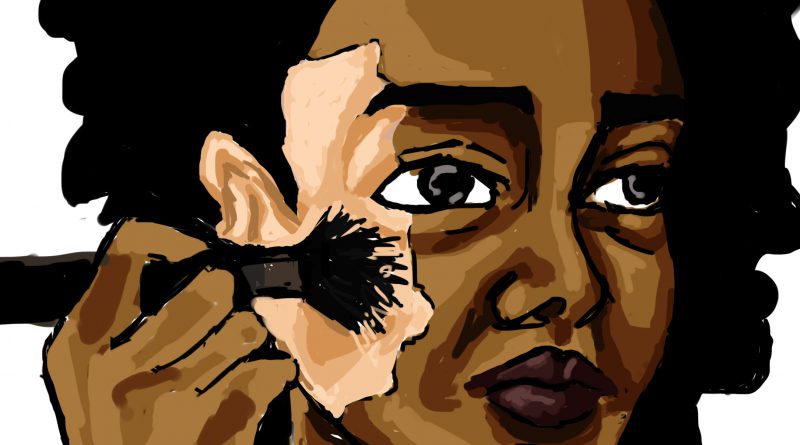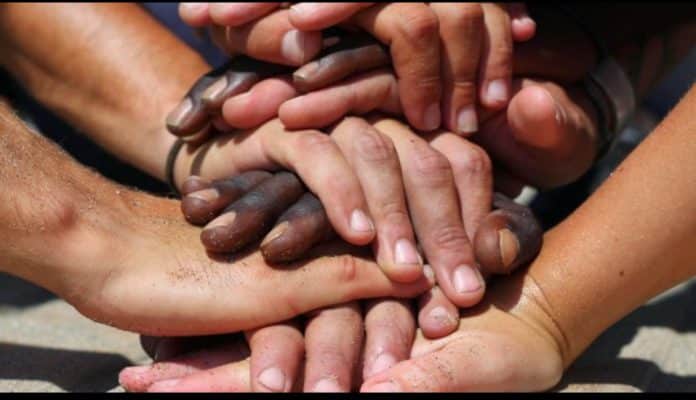The massive protests around the world for the murder, by the police, of the African American George Floyd in the United States, opens the door for us to rethink the overt racism that exists in our societies. Latin America is one of them.
Latin America has an enormous cultural diversity. According to World Bank data in 2006, 150 million people of African descent were part of Latin America. Although these represented 30% of the population, more than half were poor. Something similar occurs with indigenous people, in 2010 there were around 42 million indigenous people in Latin America who represented 8% of its population and also constituted 14% of the poor and 17% of the extremely poor according to the World Bank. This is why the region has a challenge and a very important debt in the construction of multicultural, inclusive, equitable, and non-discriminatory societies.
As we see it, the issue of racism in Latin America not only concerns Afro-descendants but also to their indigenous peoples and even “mestizo” people. It is a much more complex and non-dual construction like the one that is lived in the US today with the struggle carried out by the Black Live Matters movement.
The Latin American reality is intrinsically linked to the result of colonized societies that believed (and continue to believe) that they had to be increasingly western to symbolize progress and this meant the whitening of populations according to the Argentine sociologist, Martina Inés García.
“Ethnic-racial discrimination is structural because it is based on a social order and a power relationship that have historical antecedents for several centuries and that is reproduced permanently in society, so its effects are structural,” affirmed Patricio Solís, a researcher at the Colegio de México (Colmex) for the newspaper EL PAÍS.
Police abuse in Latin America of racialized and poor youth is constant. Therefore, it is necessary to put on the agenda the racial and class discrimination that exists in these countries. Institutions and organizations ensure that there is a direct correlation between skin color; darker skin, higher levels of poverty, and lower levels of education.
In Mexico, for example, “you can see mestizos discriminating against indigenous people with lighter skin than they, because of their ethnicity or social position,” explains Olivia Gall, from the Center for Interdisciplinary Research in Sciences and Humanities of the National Autonomous University of Mexico (UNAM).
In Brazil, thanks to the waves of anti-racist protests in the US, a part of white society that until now had closed its eyes to the police violence that kills the death of young people – almost always black – in police operations in the favelas began to join this fight. This reality is replicated across the continent: “There are more cases like this. Young people killed by suspicion, by prejudice, is called racism”, wrote the singer from Chocquibtown, a renowned Colombian group, on her social network.
According to the Brazilian Institute of Geography and Statistics (IBGE), blacks and mestizos make up 56% of the Brazilian population, but they represent 75% of murder victims and 64% of the unemployed.
In the south of the continent, more precisely in Argentina, its official history made the Afro population invisible and did not integrate it as part of it. According to the historian, George Reid Andrews, “before there was an artificial disappearance and to a certain extent intentional, in a political-ideological project to whiten society”.
This project can even be reflected in the Argentine constitution, which to this day contains in one of its articles the express promotion of European immigration – vision and thought derived from colonial usurpation. This ethnic and racial aspiration continues to this day.
In Argentina, a person called pejoratively “black” (negro) refers to the Afro-descendant, to the one who lives in slums, to the poor, to the Peruvian, Bolivian immigrant, to the one who could not access formal education, to the invisible and rejected by society.
According to the Argentine sociologist, Carolina Saganías, the entire American continent is founded on indigenous genocide, slavery, and the transatlantic trafficking in people, for which reason the wealth of America has been based on the extermination of the native peoples. “For this reason, the control mechanisms to sustain structural racism have always been one step further: they have been powerful and difficult to dismantle. Even though the American population is a non-white multiethnic majority, the dominant power continues to be present in a minority that deploys a surveillance and punishment apparatus, ” she assured in an interview with Unidiversidad.
For this reason, given the visibility and rise in the world of inequalities of all kinds, especially racial and class, it is necessary to stop the hypocrisy and do an internal review of the privileges and racist mechanisms that we must unlearn to generate a more egalitarian society. Claim against the lack of justice and unequal treatment.
Gisele Falcone








